To create stunning nebulae with DeepSkyStacker, organize your files into Lights, Darks, Flats, and Bias folders. Capture at least 15 calibration frames of each type, matching your light frames’ settings. Select Kappa-Sigma Clipping for deep-sky objects and adjust star detection thresholds based on your field. Save as 16-bit TIFF for post-processing, where non-linear stretching will reveal faint details. The right workflow transforms ordinary raw files into breathtaking cosmic portraits.
Essential File Organization for Optimal Stacking Results

Before diving into DeepSkyStacker’s settings, you’ll need to establish a solid foundation with proper file organization.
Create four dedicated folders: Lights (your RAW files of the deep-sky object), Darks (matching exposure settings and temperature), Flats (using a white t-shirt or light source), and Offset/Bias frames (captured with lens cap on).
Aim to collect at least 15 dark frames and 15 flat frames to maximize your signal-to-noise ratio and effectively remove artifacts.
Use DeepSkyStacker’s tabs to group images from different nights, ensuring each file loads into its correct category before registration and stacking.
For best results, utilize the scoring feature to select only the top 70-80% of your light frames, streamlining the image processing workflow.
Calibration Frame Setup for Light Pollution Management
Since light pollution severely degrades astrophotography quality, proper calibration frame setup becomes essential for reclaiming detail in your deep-sky images.
Capture at least 15 dark frames matching your light frames’ exposure length, ISO, and temperature to effectively combat light pollution.
Dark frames are your anti-pollution shield—at least 15 matching exposures will reveal cosmic treasures hidden by city glow.
Take 15 flat frames using a white t-shirt or flat-field panel over your telescope to correct vignetting.
Don’t forget 15 bias frames—shot with the lens cap on at your fastest shutter speed—to eliminate fixed pattern noise.
Always create new calibration frames each imaging night, as temperature variations notably impact calibration quality.
In DeepSkyStacker, enable the Per Channel Background Calibration option to independently adjust each color channel’s background, dramatically improving image quality in light-polluted skies.
Registration Parameters and Star Detection Optimization

After loading your calibration frames, optimizing DeepSkyStacker’s registration parameters becomes critical for successful image stacking. The program needs at least eight common stars across your light frames to perform accurate registration.
Start with the default star detection threshold (10% of maximum luminance) and adjust as needed for your specific imaging conditions.
- Lower the threshold to capture more faint stars in sparse fields
- Aim for at least 20 detected stars across frames for effective stacking
- DeepSkyStacker automatically selects the best light frame as your reference frame
- Pre-computed offsets are saved in .stackinfo.txt files, saving processing time
The star pattern identification process calculates precise offsets and rotation angles between frames.
When optimized registration is complete, you’ll find detailed results in .Info.txt files for future reference during the stacking process.
Stacking Methods for Different Celestial Objects
Selecting the right stacking method dramatically impacts the quality of your final astrophotography image, as each celestial object presents unique challenges.
For deep-sky objects like nebulae, use Kappa-Sigma Clipping to efficiently remove satellite trails while preserving image integrity. When capturing comets, combine registered comet images with non-comet frames for maximum clarity.
If you’re aiming to create star trails, the average stacking method works best, while median stacking excels at noise reduction in smaller image sets.
For wide-angle shots, you’ll achieve a better signal-to-noise ratio by using a modified DSLR with light pollution filters.
Consider drizzle stacking when you have multiple slightly misaligned images—this technique enlarges them before stacking, enhancing detail and resolution across various celestial objects.
Post-Stacking Processing Techniques for Detail Enhancement

Your stacked image represents just the beginning of your astrophotography workflow. After using DeepSkyStacker, save your final image as a 16-bit TIFF without compression, then import it into Photoshop for essential detail enhancement.
RAW images often appear dark with low contrast after stacking, requiring non-linear stretching to reveal nebula details.
- Apply layer masking with feathering to reduce core brightness while enhancing surrounding details
- Use non-linear stretching techniques to recover details in overexposed areas lost during stacking
- Check flat frames quality—if vignetting persists, recapture flats with a uniform light source
- Monitor exposure settings during capture to optimize detail retention, especially when using different file formats like RW2 or TIFF
These techniques transform your initially dark stacked image into a color-accurate, detail-rich final image with proper brightness adjustment.
Frequently Asked Questions
What File Format Does Deep Sky Stacker Use?
DeepSkyStacker primarily uses RAW files from DSLR cameras, but you’ll find it also supports TIFF, JPEG, and DNG formats. For best results, you should use RAW or DNG to maintain maximum detail and metadata.
What Is the Threshold for Deepskystacker?
In DeepSkyStacker, the threshold is typically set to 10% of maximum luminance by default. You’ll want to adjust it to detect at least 20 stars for best stacking results in your images.
How Many Stars Should Be Detected in Deep Sky Stacker?
You should detect at least 20 stars across all your light frames in DeepSkyStacker. Ideally, aim for 20-25 stars for best alignment and registration when stacking your astrophotography images.
How to Stack Moon Images in Deep Sky Stacker?
To stack moon images in Deep Sky Stacker, organize your files in a folder, select your reference frame, use automatic detection for surface features, apply Kappa-Sigma Clipping, and save as a 16-bit TIFF for post-processing.
In Summary
You’ve now mastered DeepSkyStacker’s essential settings for processing your astrophotography. By organizing your files properly, setting up calibration frames, optimizing star detection, and selecting the right stacking method for your target, you’ll transform raw files into stunning nebulae images. Don’t forget to apply post-processing techniques to bring out intricate details in your final images. Keep experimenting with these settings to perfect your workflow.
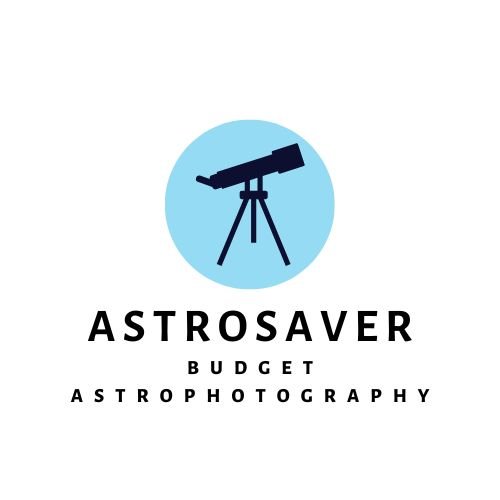
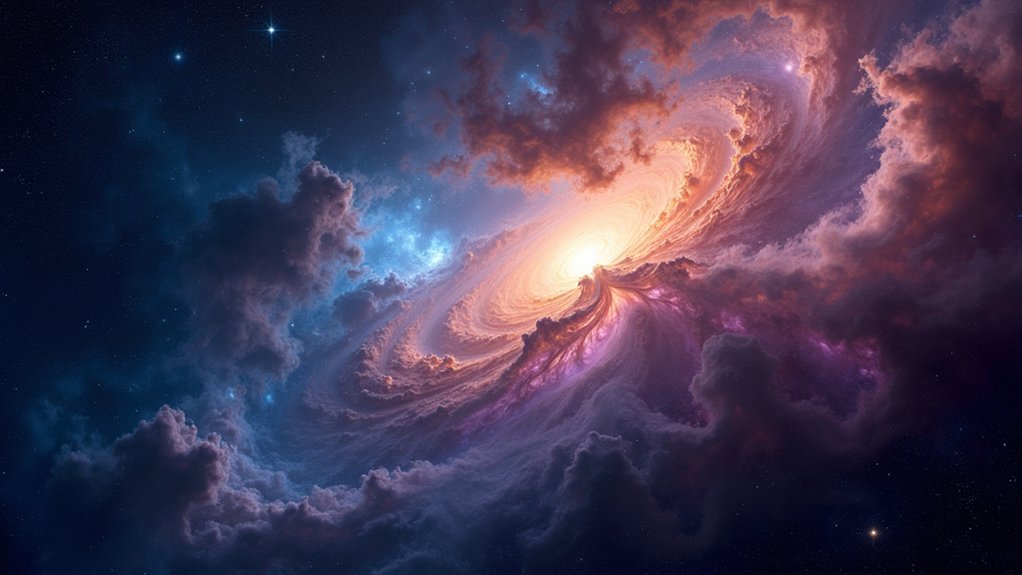
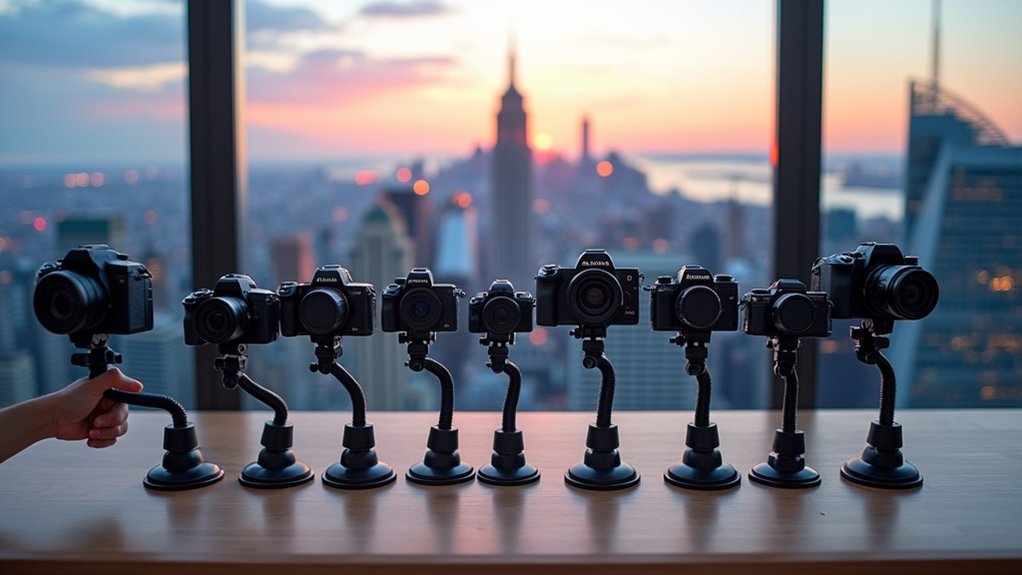
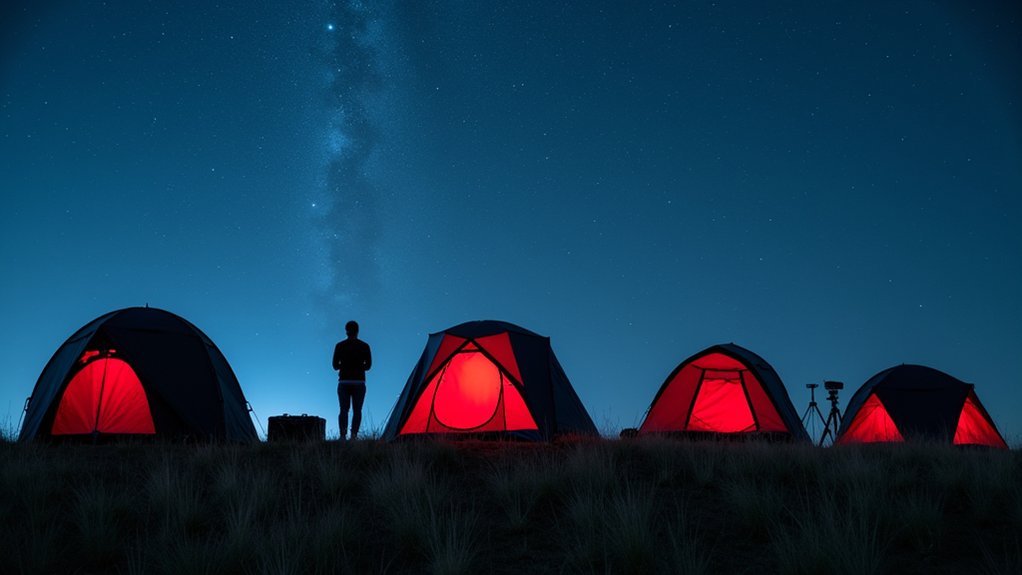
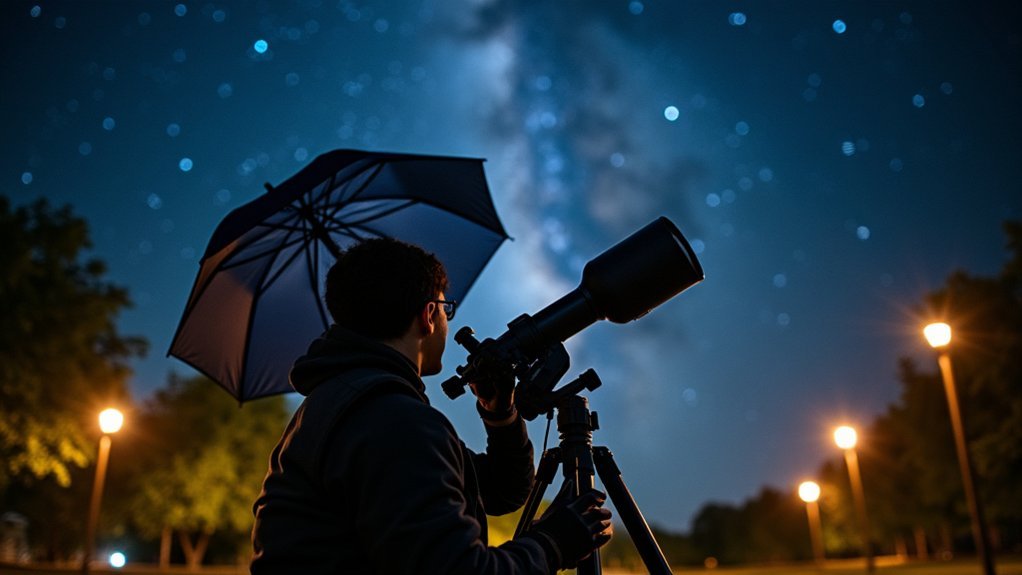
Leave a Reply